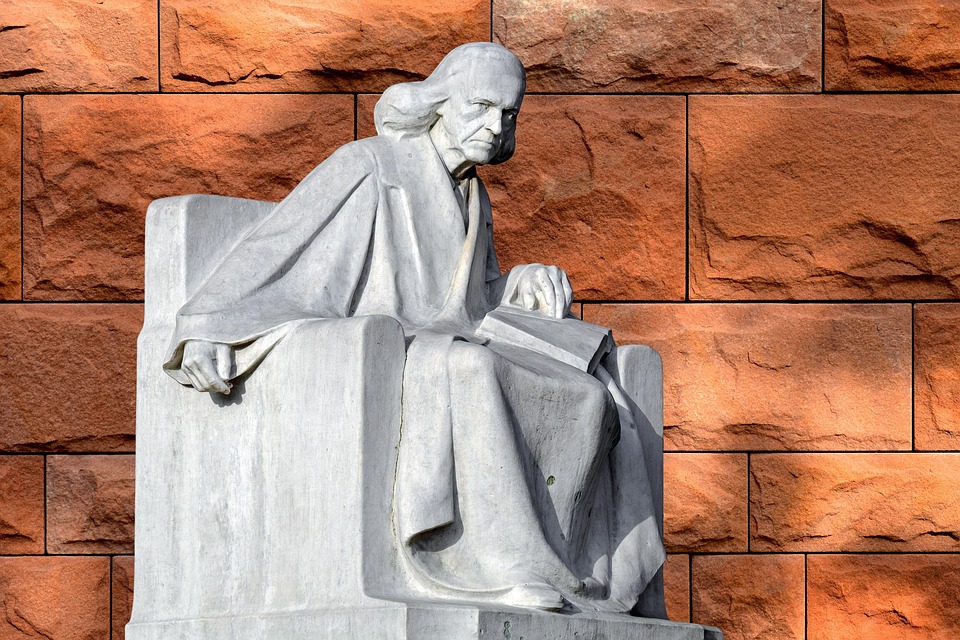Essential CV Template for Historians: Crafting a Winning Resume to Stand Out
In the realm of academia, particularly within the field of history, crafting a compelling CV is not merely an exercise in listing qualifications; it is an art form that demands finesse, precision, and a dash of flair. The historian’s CV should not only illuminate one’s scholarly journey but also captivate the reader’s imagination, transporting them through time and intellect.
1. Structuring Your Journey
A well-structured CV is akin to a well-researched historical narrative. Start with your personal details, but don’t linger too long here. Your name, contact information, and a professional profile should set the tone. This profile, ideally a succinct paragraph, must encapsulate your academic identity—your areas of expertise, key research interests, and perhaps a nod to your teaching philosophy.
Next, delve into your educational background. Here, chronological order reigns supreme. List your degrees from most recent to oldest, including the institutions attended and the years of graduation. If you’ve completed a thesis or dissertation, mention its title; a tantalising glimpse into your intellectual pursuits can spark interest.
2. Academic Experience: The Heartbeat of Your CV
When detailing your academic experience, think of it as a tapestry woven from your various roles—lecturer, researcher, or curator, for instance. Under each position, employ bullet points to highlight your key contributions and achievements. Don’t shy away from numbers; quantify your successes where possible. Did you publish a paper? How many attendees did your conference presentation attract? The more tangible your accomplishments, the more impactful your CV will be.
Remember to include any relevant teaching experience. Highlight your courses, the institutions where you taught, and any innovative methods you employed. Perhaps you implemented a new curriculum or integrated technology into your classroom; these details can distinguish you from the sea of applicants.
3. Research and Publications: Your Academic Footprint
A historian’s CV is incomplete without a section dedicated to research and publications. This is where you can truly shine. List your publications in reverse chronological order, categorising them into books, journal articles, and book chapters. For each entry, consider providing a brief synopsis, showcasing the significance of your work within the field. If you’ve contributed to edited volumes or presented at prestigious conferences, include these as well; they speak volumes about your engagement with the academic community.
In addition, if you hold any grants or fellowships, do not overlook them. These accolades underscore your capability to secure funding and recognition within your discipline.
4. Skills and Professional Development: Showcasing Versatility
In today’s competitive job market, a stellar CV must reflect not just academic prowess but also a suite of transferable skills. Highlight your proficiency in languages, research methodologies, and digital tools pertinent to historical study. Have you mastered data analysis software? Are you proficient in archival research? These skills not only enhance your employability but also illustrate your adaptability in a rapidly evolving academic landscape.
Professional development activities, such as workshops, seminars, or membership in historical societies, should also find a place in your CV. They demonstrate your commitment to lifelong learning and your active participation in the broader historical discourse.
5. The Finishing Touches: Presentation Matters
The aesthetic presentation of your CV is equally as important as its content. Aim for clarity and professionalism; utilise a clean, readable font and ensure consistent formatting throughout. White space can be your ally, making the document less daunting and more navigable.
Additionally, consider tailoring your CV for each application. A one-size-fits-all approach rarely resonates, so highlight the most relevant experiences and skills for each specific role.
Crafting a CV as a historian is an intricate dance between showcasing your academic journey and presenting it in an engaging manner. By thoughtfully structuring your experiences, emphasising your research and skills, and ensuring a polished presentation, you can create a compelling narrative that resonates with potential employers. Remember, your CV is not just a document; it’s your academic story waiting to unfold.
For those seeking further insights and exemplary templates, CVPortal continues to provide a wealth of quality resume references, ensuring you have the tools necessary to make your mark in the world of history.


